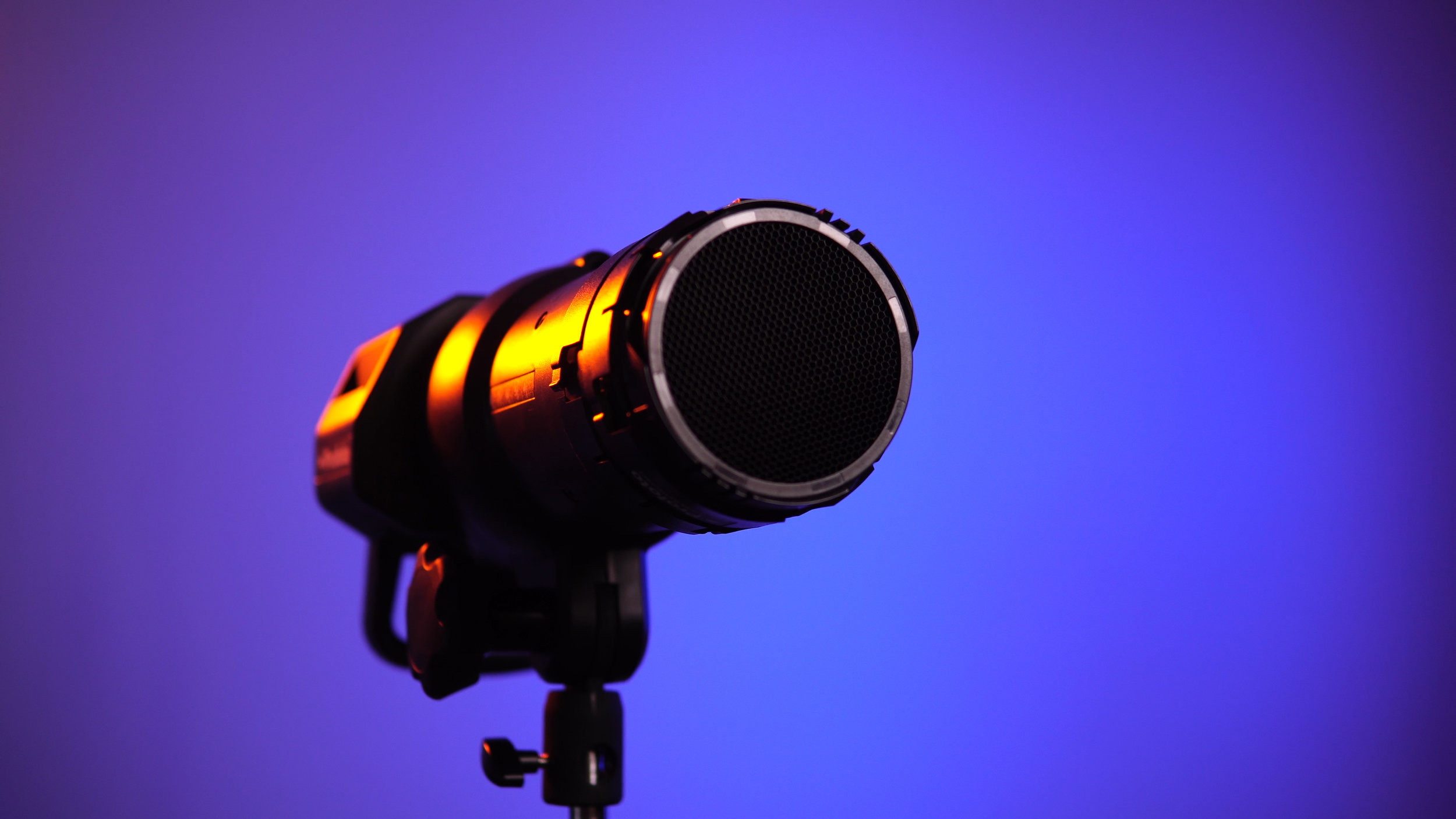While the Profoto and Godox are pretty much neck and neck, the Broncolor Siros shines brighter using the cut-off technology in it's speed mode. Again, with the L-858D-U being the first meter to measure this figure, I can’t attest to the exact accuracy, although it seems pretty consistent with the manufacturer data.
Recycle time
At full power these all recycle quite fast.
Siros 800L - 2.7s
Profoto B1X - 1.9s
AD600 Pro - .9s
The AD600 Pro is the clear winner here. Even when I dropped the Siros down a full stop to match max output on the AD600 Pro, the Pro was still faster at recycling. The Godox also manages to recycle twice as fast while delivering more light than the Profoto. I tested all 3 beyond 50 pops and none showed signs of slowing down. The AD600 Pro has a limit of 100 full power flashes in quick succession before the thermal protection kicks in, or 50 full power flashes in HSS. The Profoto and Broncolor function as though the only limitation is their battery.
10 FPS
Never in my life have I considered shooting a strobe at 10 fps. But hell, you might. Since I just recently bought a Sony A7R III I switched to my Hi+ mode to enable 10 fps. I then pushed each light to see what full-stop power level I could sustain a long (15+ images) burst at.
Profoto B1X: 6.0 (1/16) light output F5.6 .1
Godox AD600 Pro: 1/16 or light output 5.6 .8
Broncolor Siros 800L: 5.0 Setting (1/32) or light output 5.6 .8
All Three could sustain a few images at a stop higher but would quickly fall behind. It’s ridiculous that all these lights managed to put out the this much power at such a fast rate.
Battery Life
B1X - 325 Full-power flashes, 1.5 Hour Recharge time (with 4.8A Charger)
AD600 Pro - 360 Full-power flashes, 2 hour recharge time
Siros 800 L - 220 Full-power flashes, 1.25 Hour recharge time
At first glance the Siros looks to be the worst performer, but it’s actually the best when scaled for output. If you brought it down to Godox output levels you would get well over 400 flashes. I can confirm the batteries recharge extremely fast.
Color Accuracy
I don’t have a color meter, so my test consisted of a white wall (Pure White, by BEHR) and correcting to neutral in Lightroom. I did keep all lights in their most stable color mode. That being said, all 3 lights had a 150K degree shift. I’m sure there would be more wiggle if there was an exact measurement because the color picker is limited to 50 degree intervals. Regardless, all 3 are extremely stable. If you want more scientific info on this, there is a Chinese video that meters all 3 and showed the Profoto B1X was the least stable for color, but the contest was very close.
When flipping to HSS, color is still just as important. Strobes typically experience more wild color swings in this mode. The AD600 Pro had a 450K shift and required a tint correction of -9, so it’s a little magenta. The B1X has only a 300K shift, but needed tint corrections from -30 to -50. Personally I would rather have the increased white balance drift over the magenta cast because balancing that tint in daylight would result in backgrounds with a green color cast. The Broncolor will carry better color over to the HS system because it’s not altering the pulse of the flash.



































